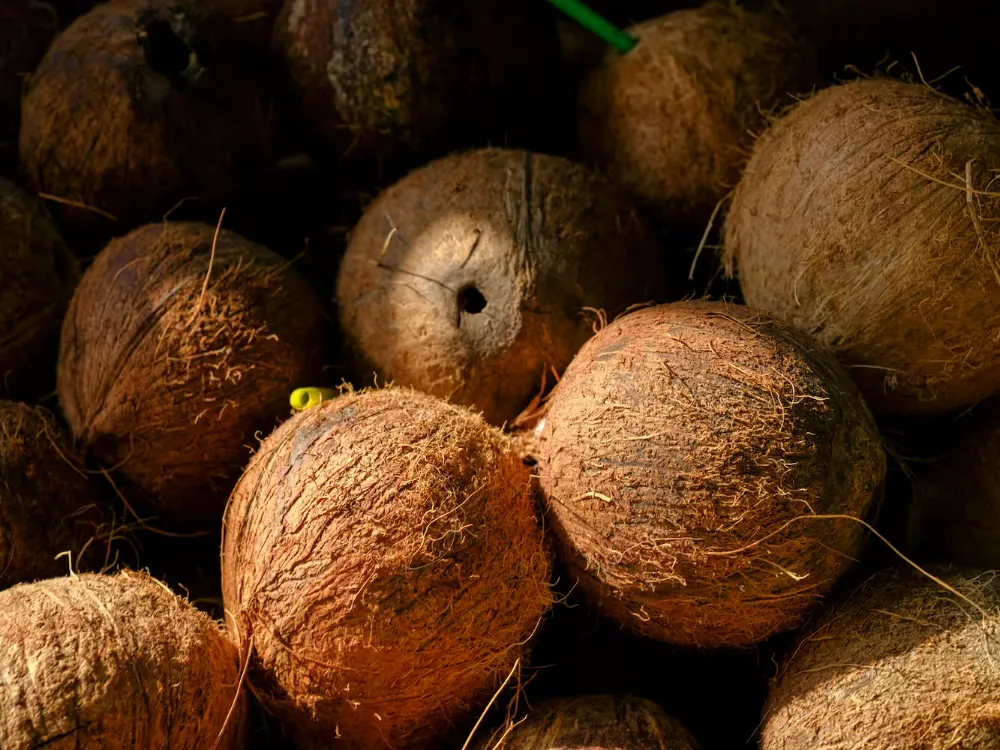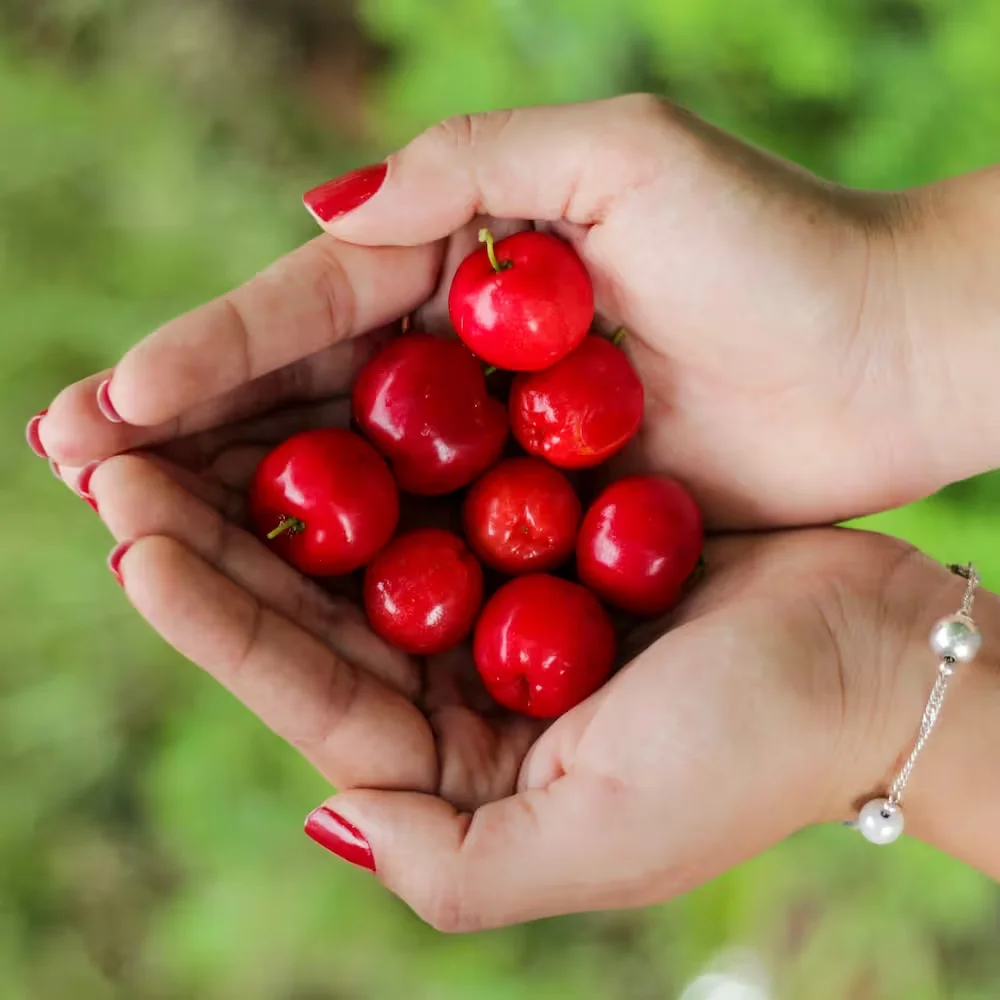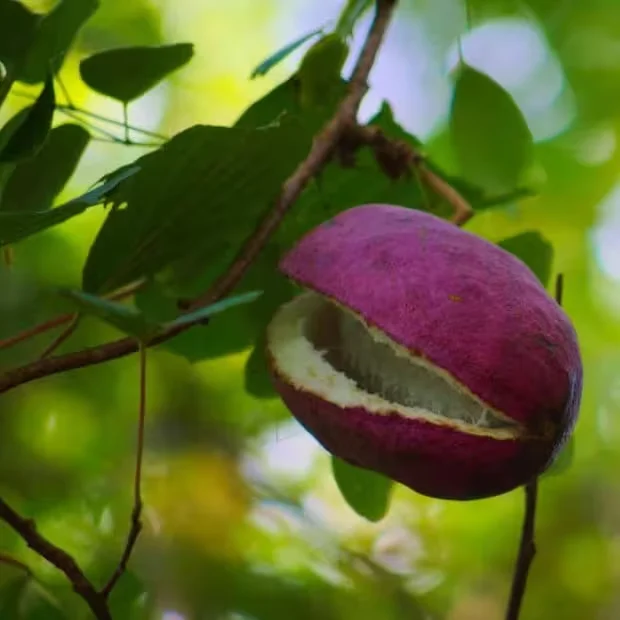Coconut

Coconuts are versatile tropical fruits known for their refreshing water, and wide culinary and industrial uses. They grow on coconut palms
About Coconut
Coconuts come from the coconut palm (Cocos nucifera), a tree native to the tropics and widely grown across Asia, the Pacific Islands, the Caribbean, and Central America. The fruit has a hard, fibrous shell that protects the nutrient-rich flesh and naturally sterile coconut water inside. Coconuts are harvested at different maturity stages: young green coconuts provide sweet water and soft jelly-like flesh, while mature brown coconuts offer thick, creamy meat used in cooking, oil production, and desserts. The flesh can be eaten raw, grated, dried (as desiccated coconut), or processed into coconut milk, cream, or oil. Coconut water is a popular hydrating drink rich in electrolytes. Coconut oil, extracted from the dried meat (copra), is widely used in cooking, skincare, and cosmetics. Every part of the coconut palm is valuable, making it one of the world’s most economically important tropical crops.
Gallery


Growing Regions
Categories
Characteristics
Scientific Name
Cocos nucifera
Colour
Calories
354 per 100g
Taste Profile
Ripeness Indicators
Young coconuts: green husk, heavy for size, water sloshes inside Mature coconuts: brown husk, hard shell, no sloshing water, thick firm flesh
Edible Parts
Flesh (meat), juice (coconut water), milk/cream made from flesh
Related Fruits

Abiu
A bright yellow tropical fruit from the Amazon, abiu is prized for its sweet, creamy, jelly-like flesh with a caramel-custard flavor.

Acerola
Acerola is a bright red tropical berry famous for its intense vitamin C content, offering a sweet-tart flavor perfect for juices and supplements.

Akebia
Akebia is a rare, fragrant tropical fruit with soft, jelly-like pulp and a subtly sweet, floral taste, valued in East Asian cuisine and medicine.